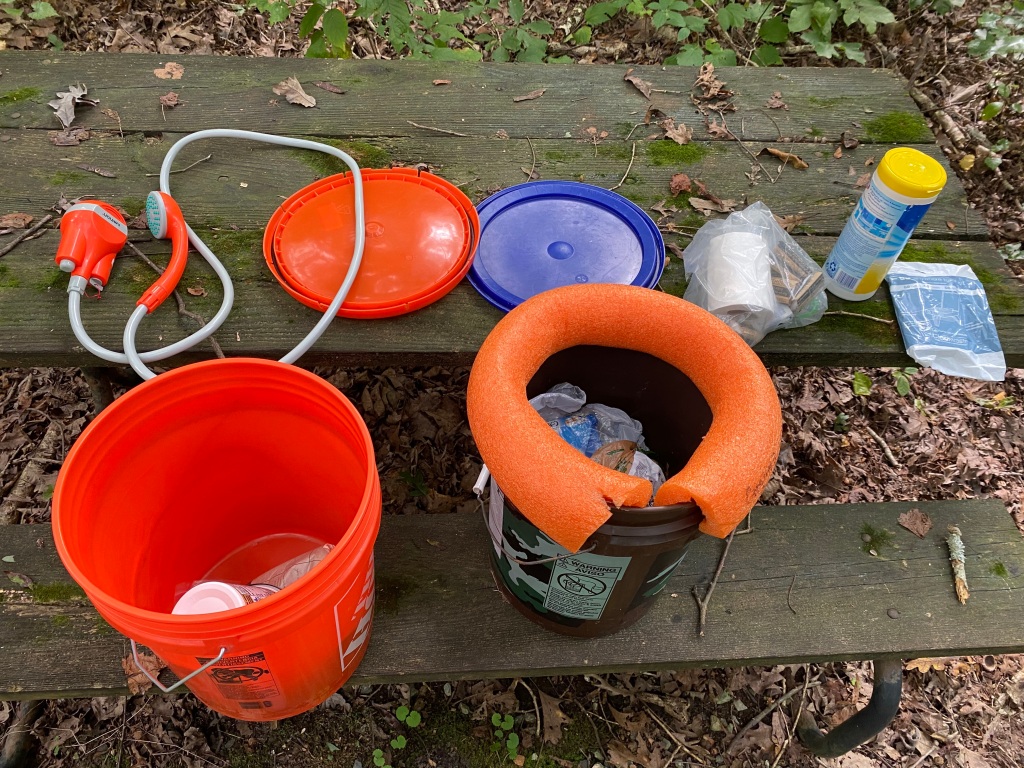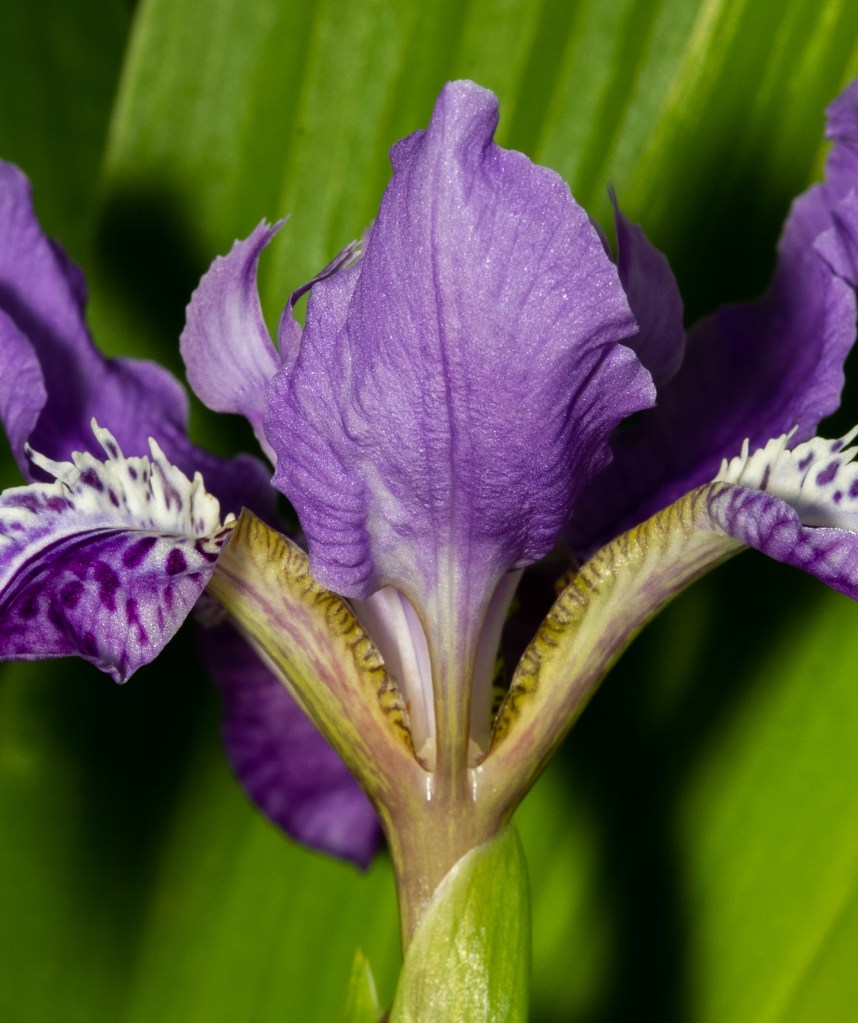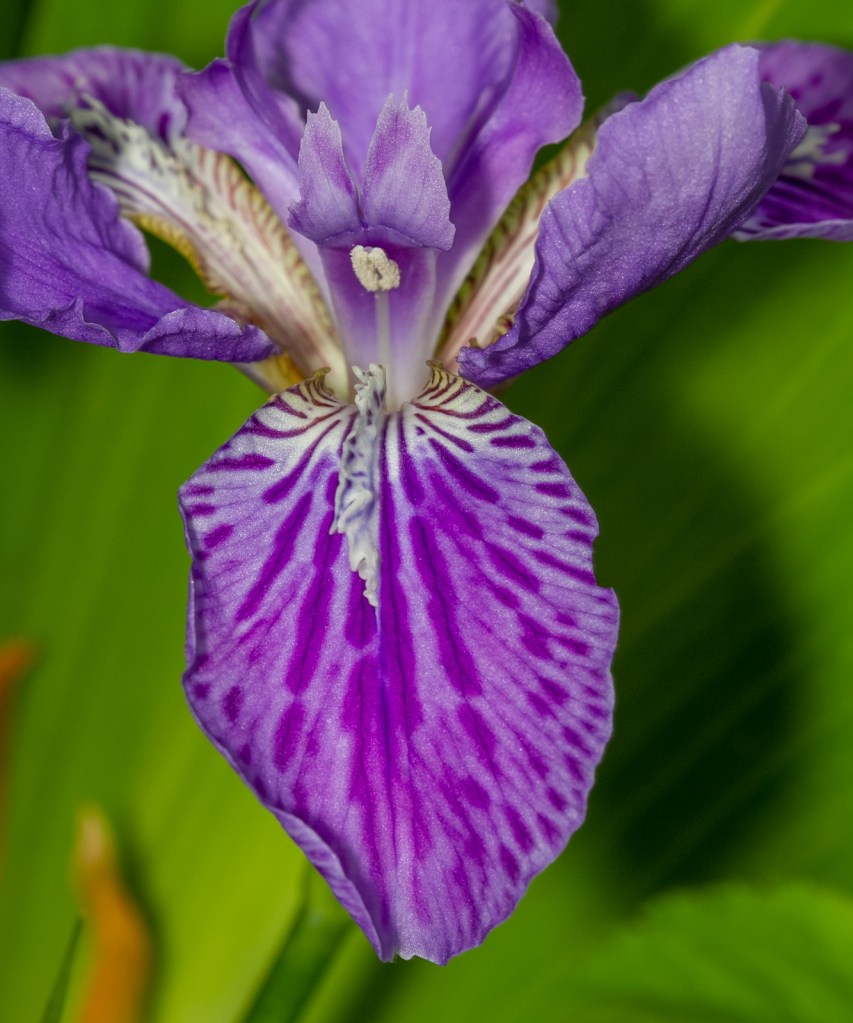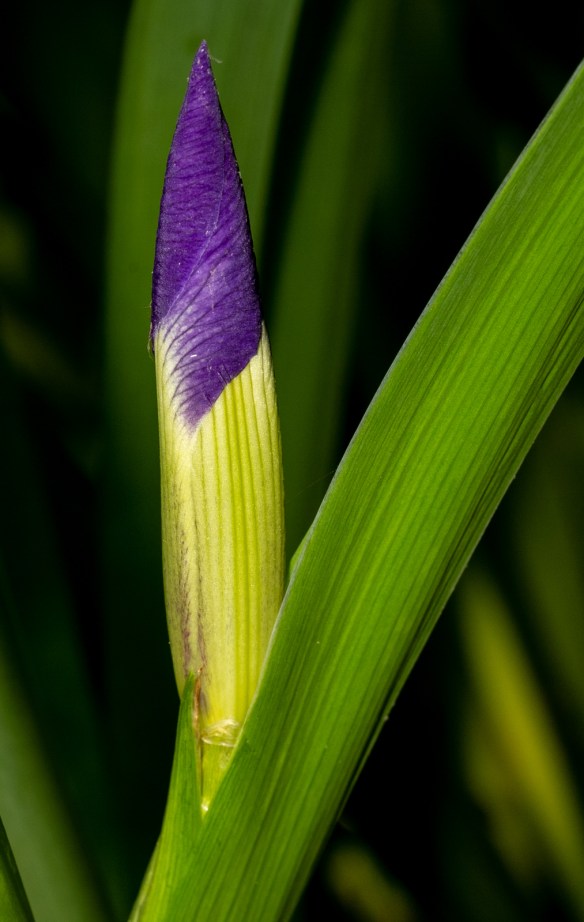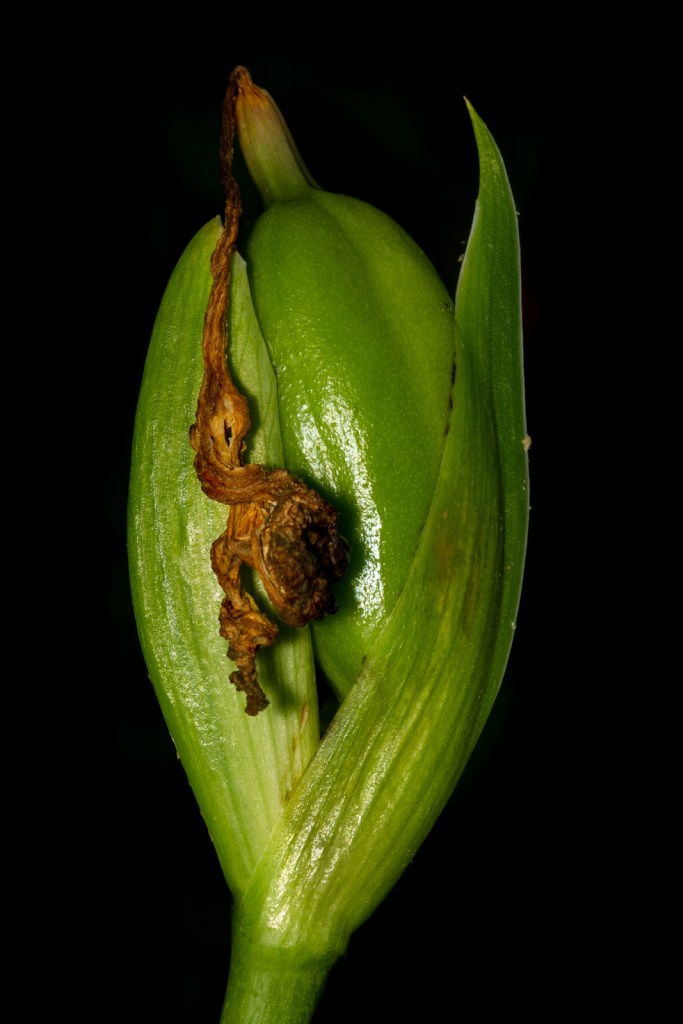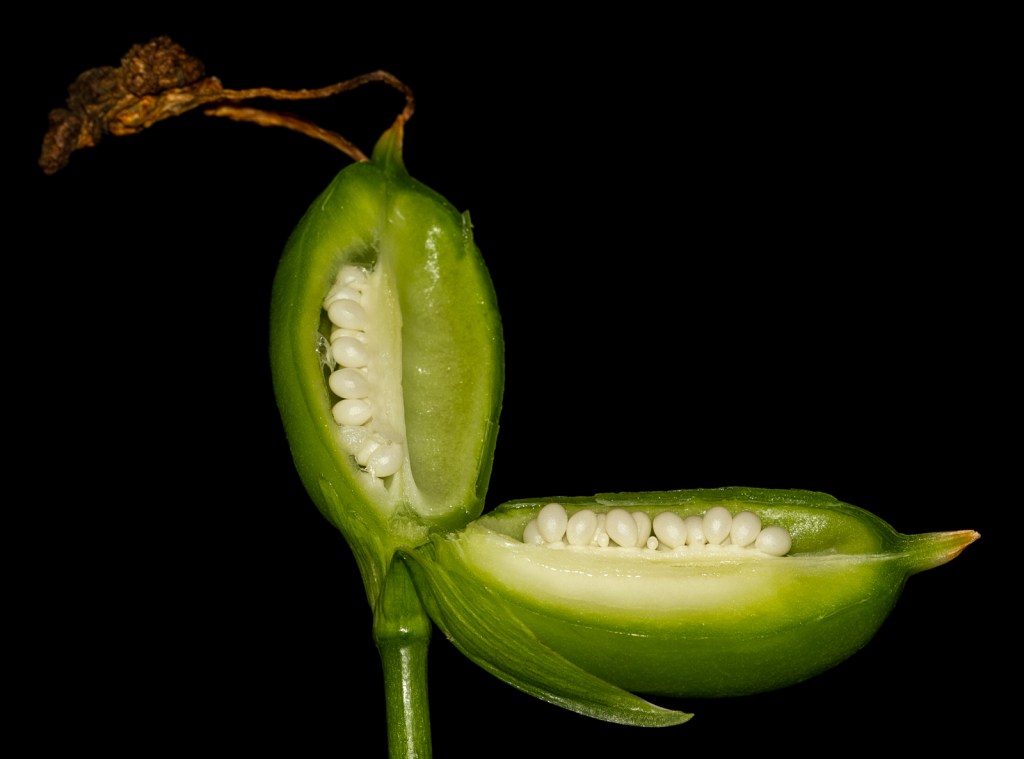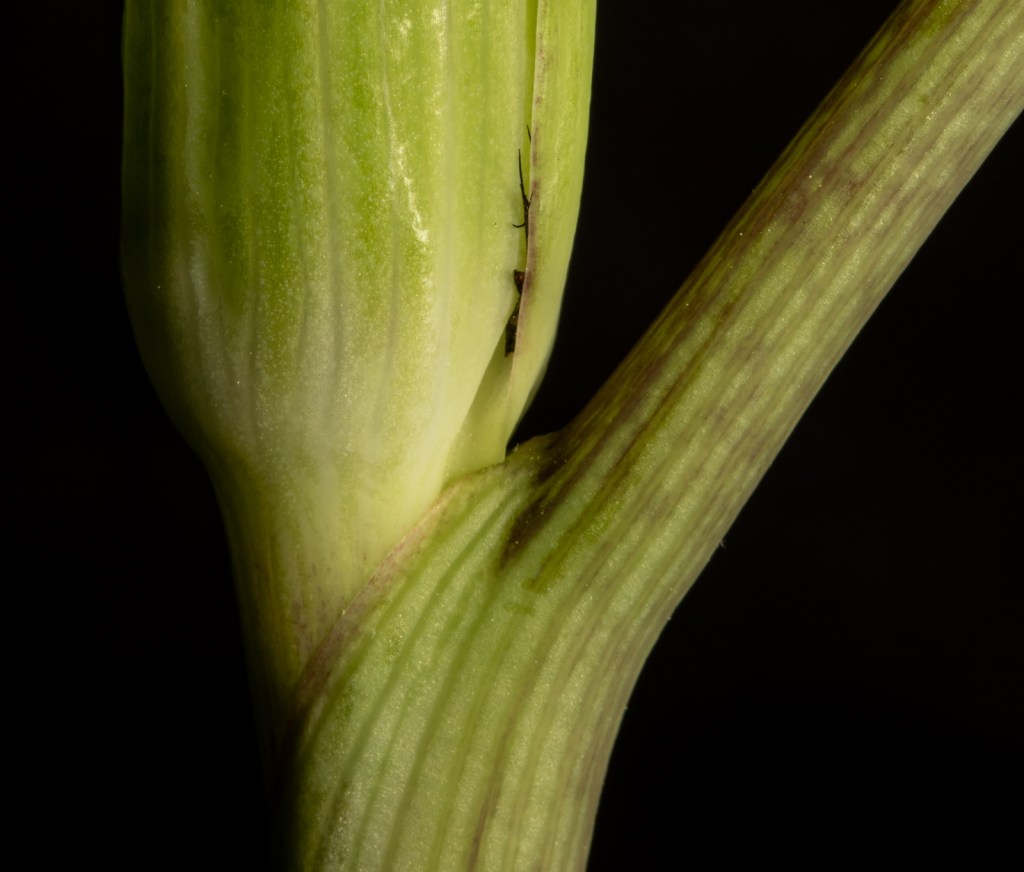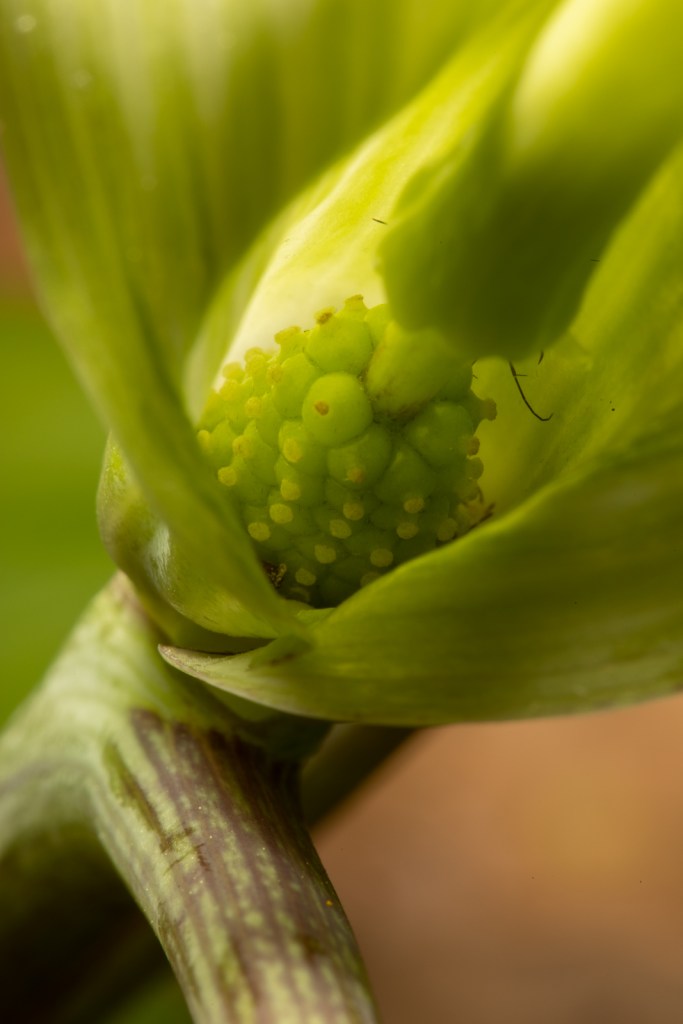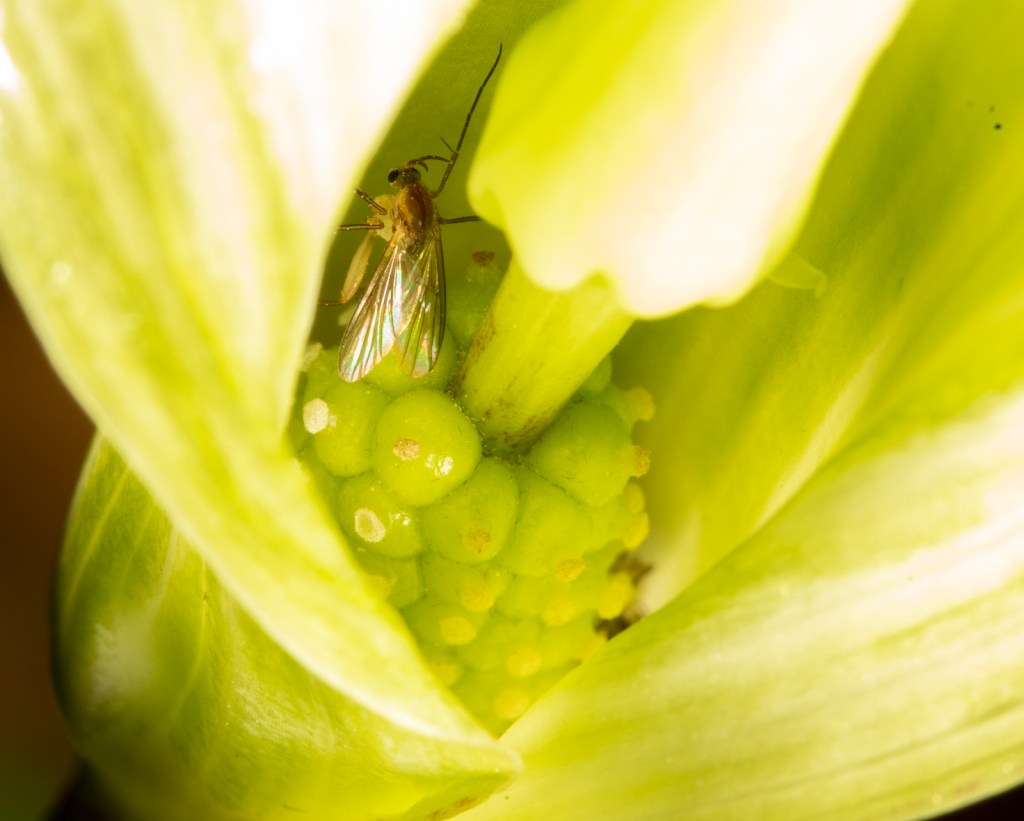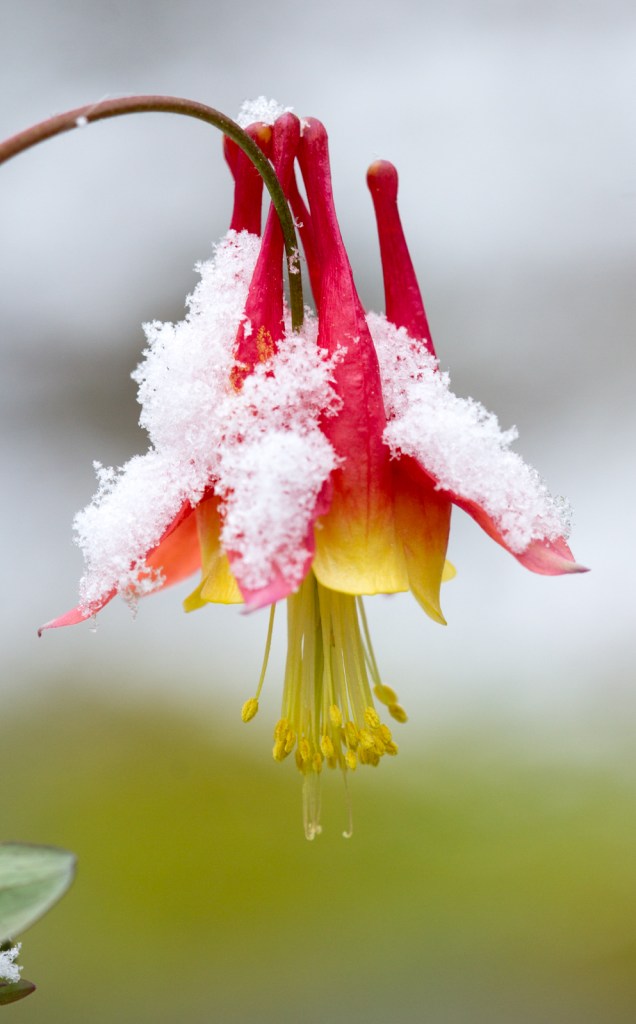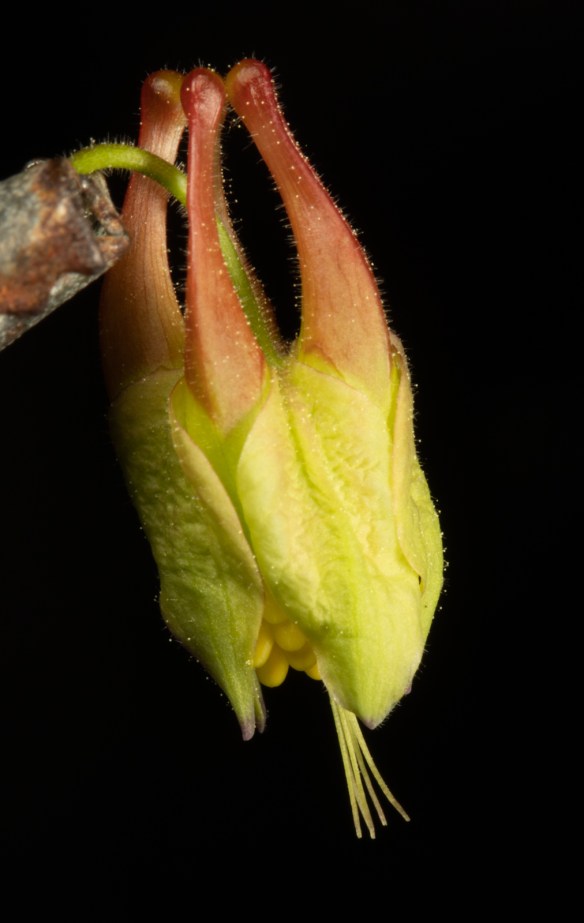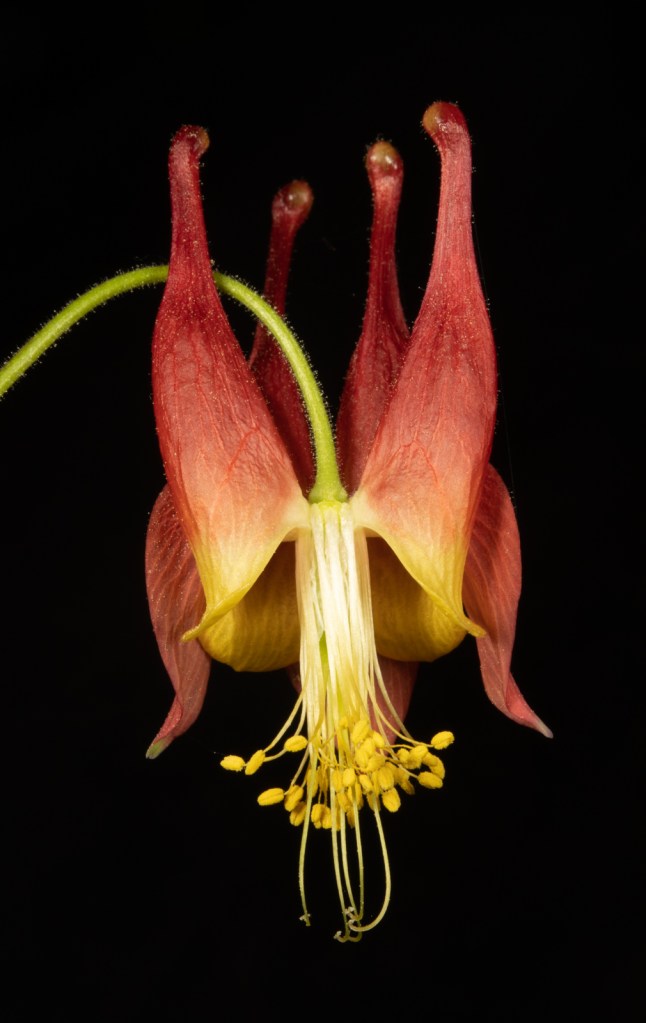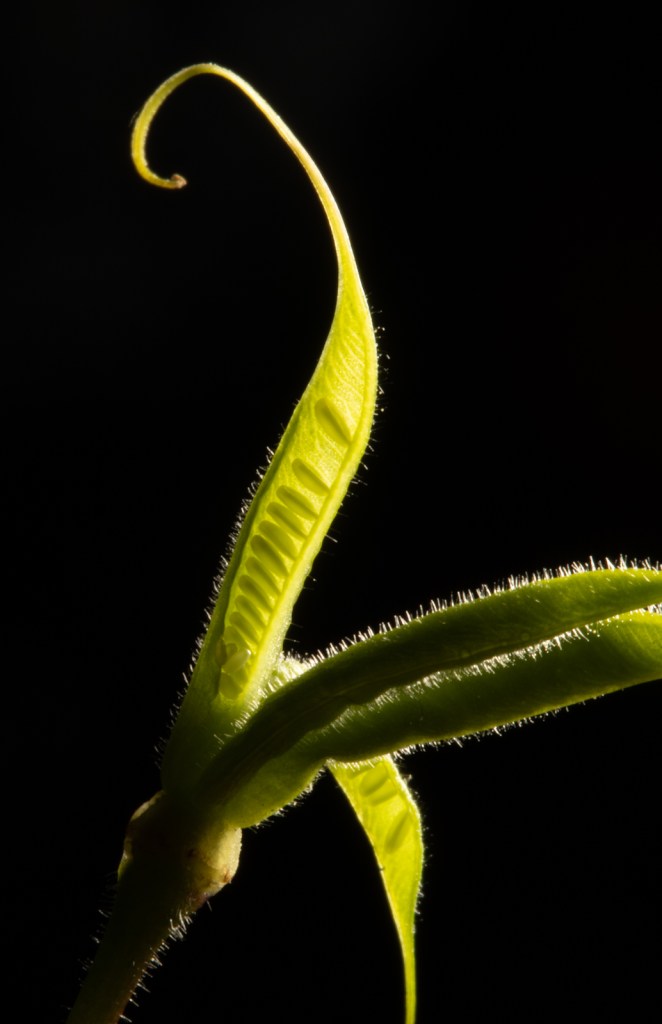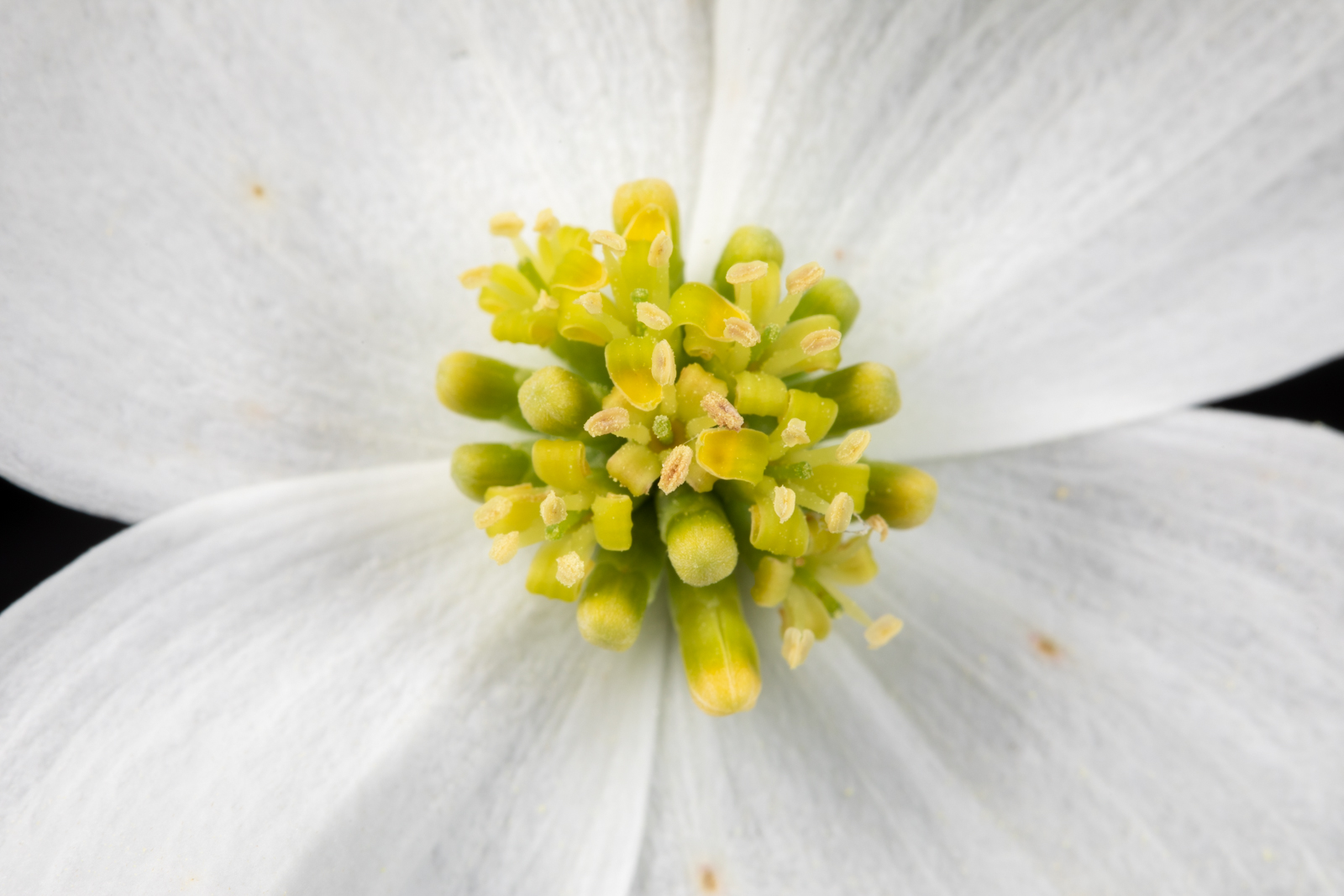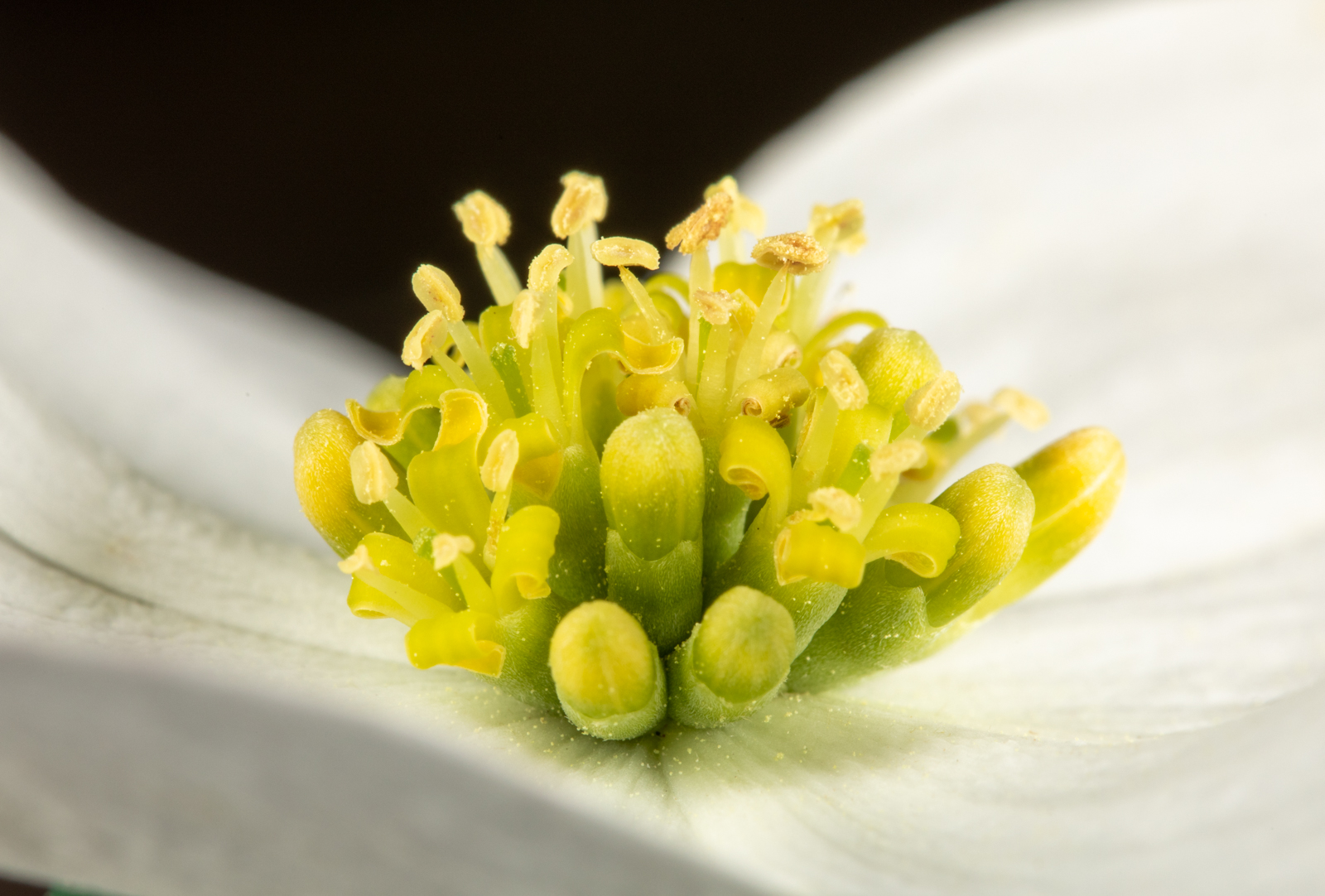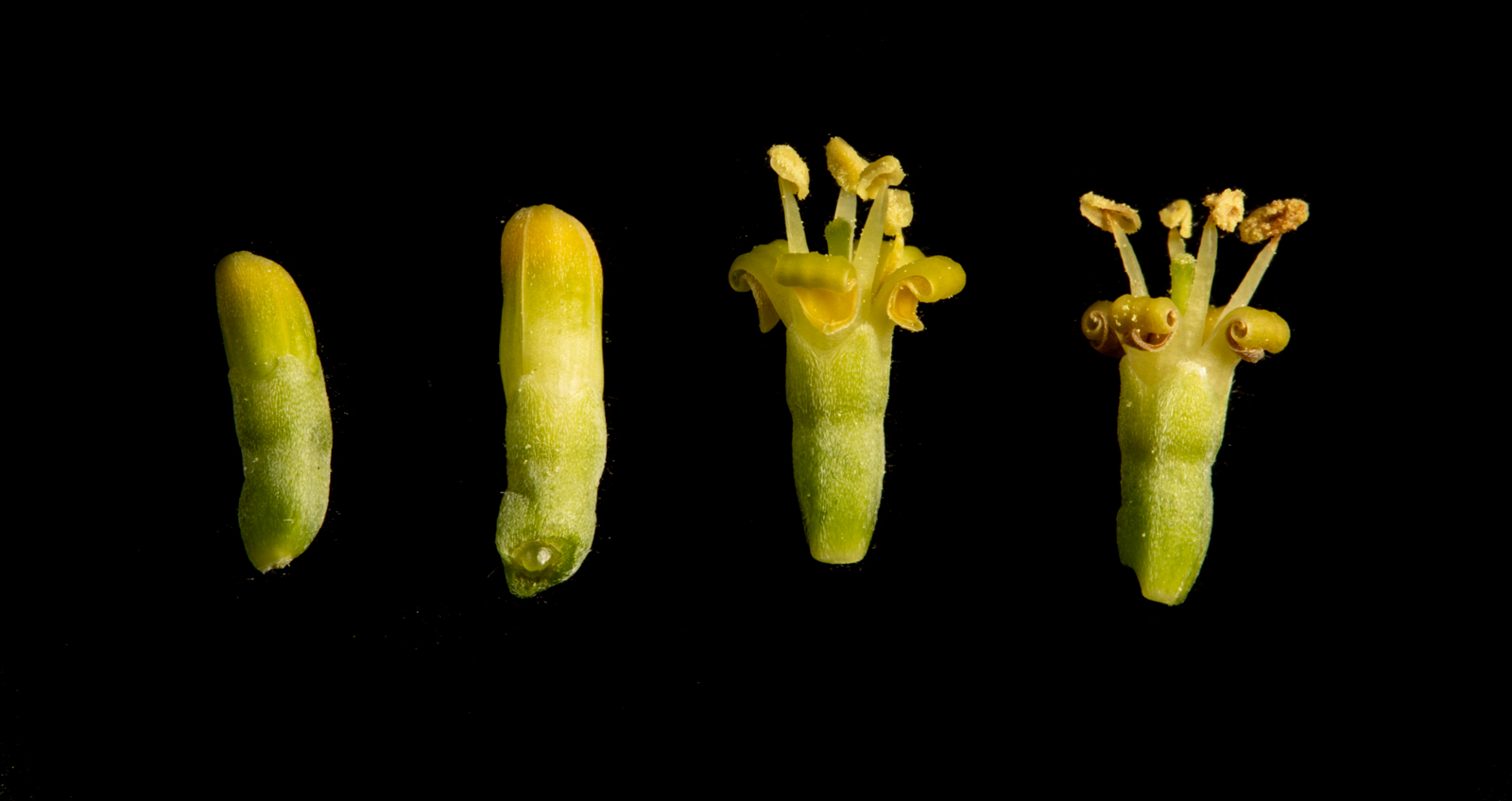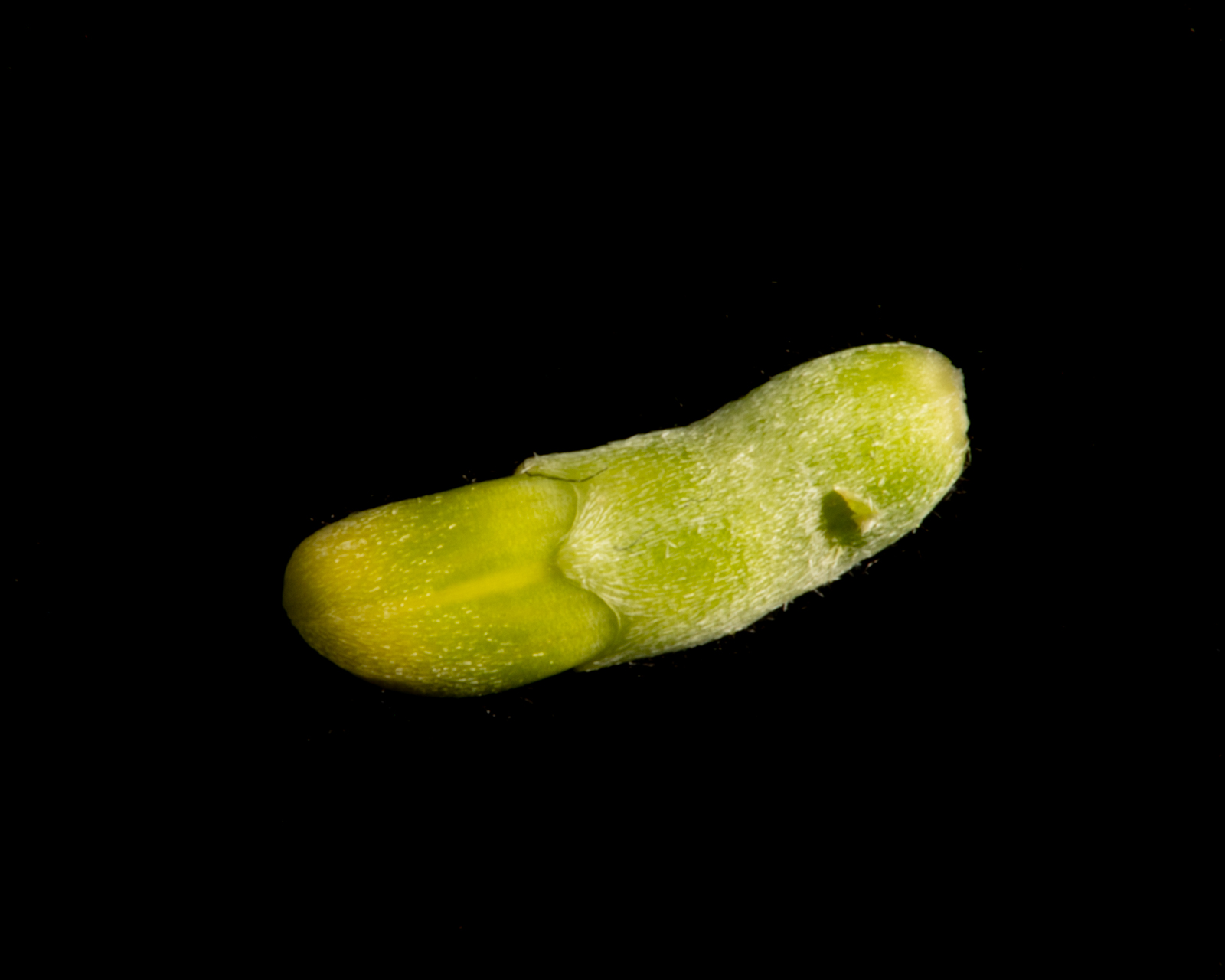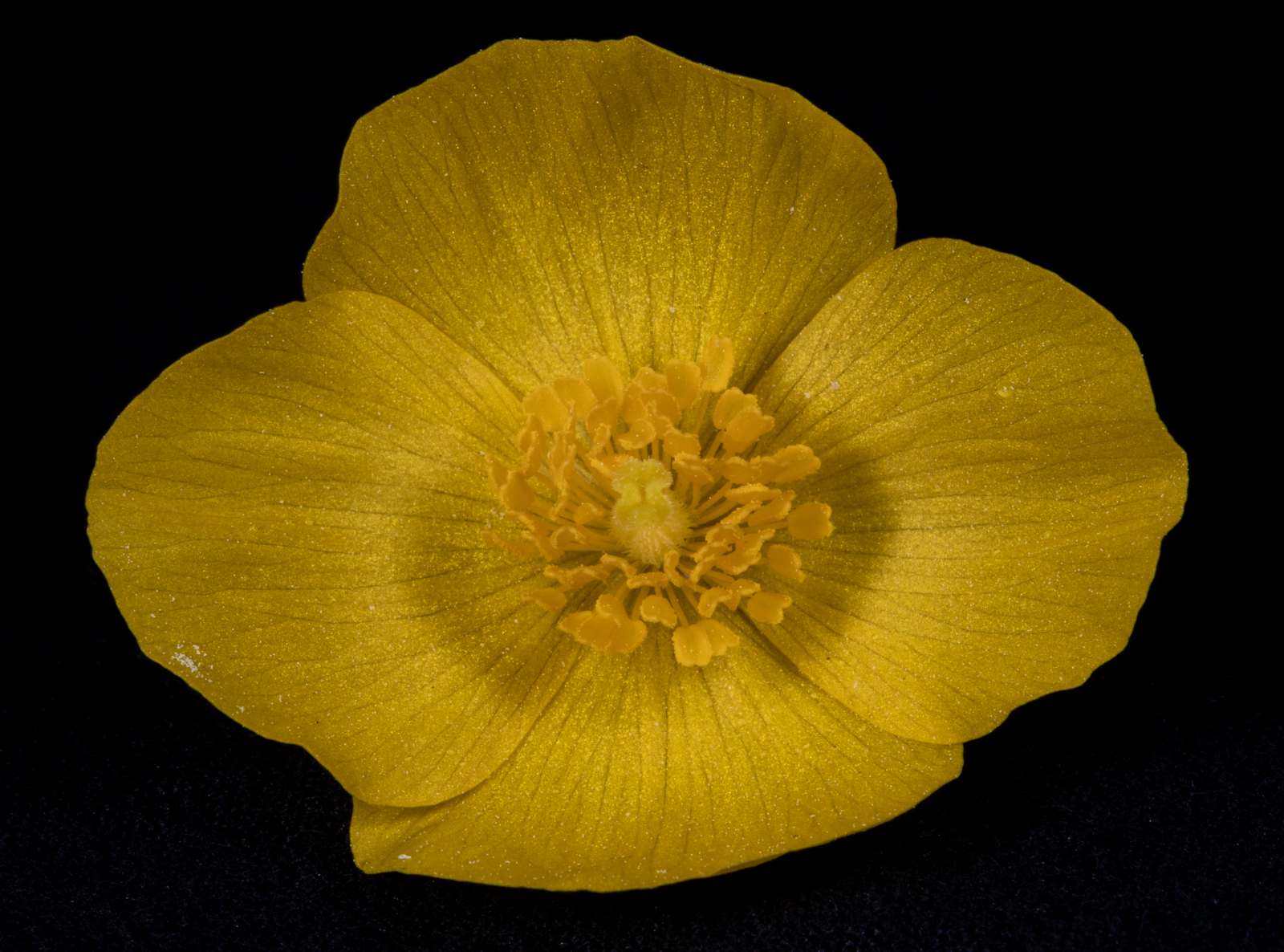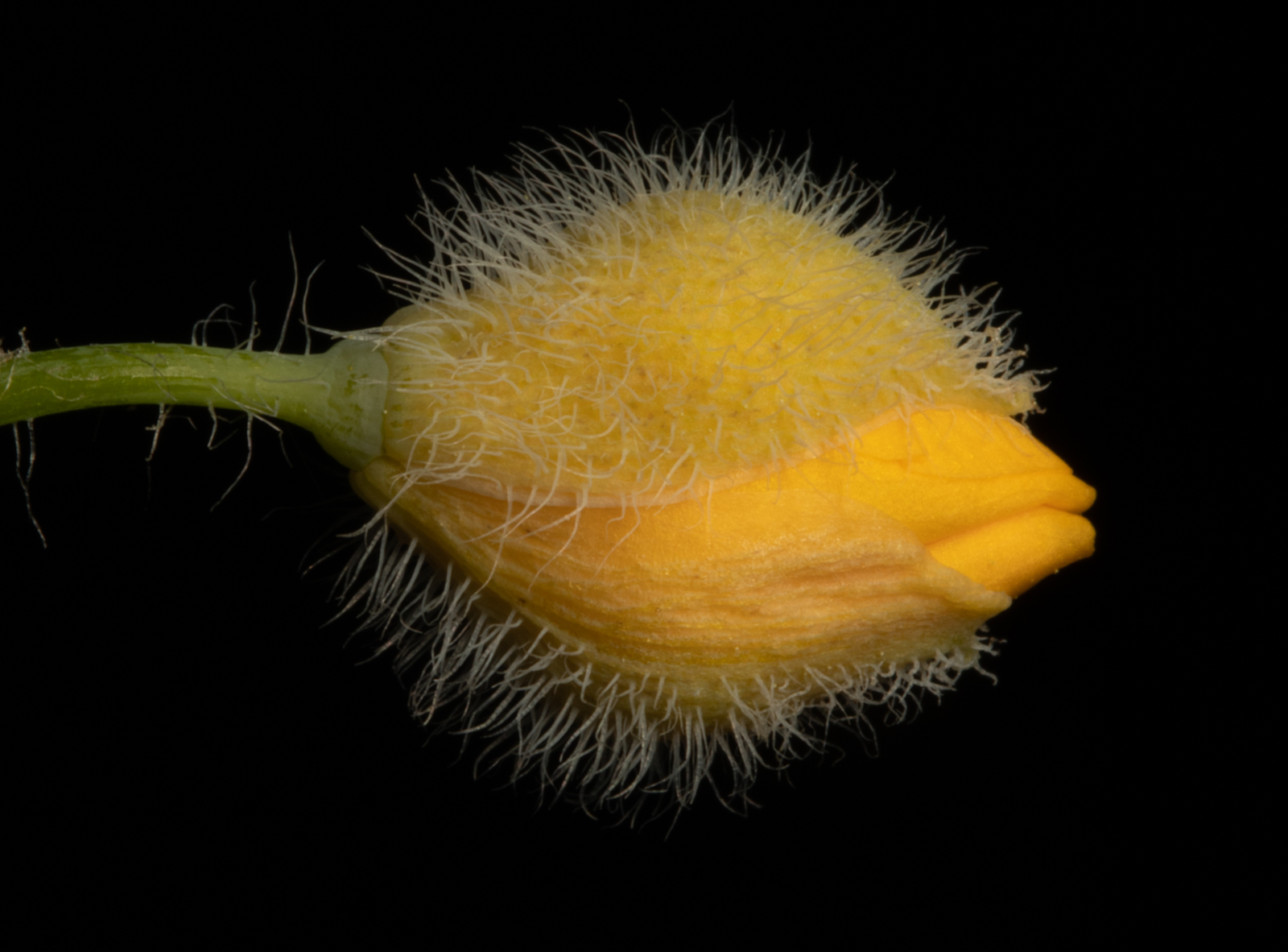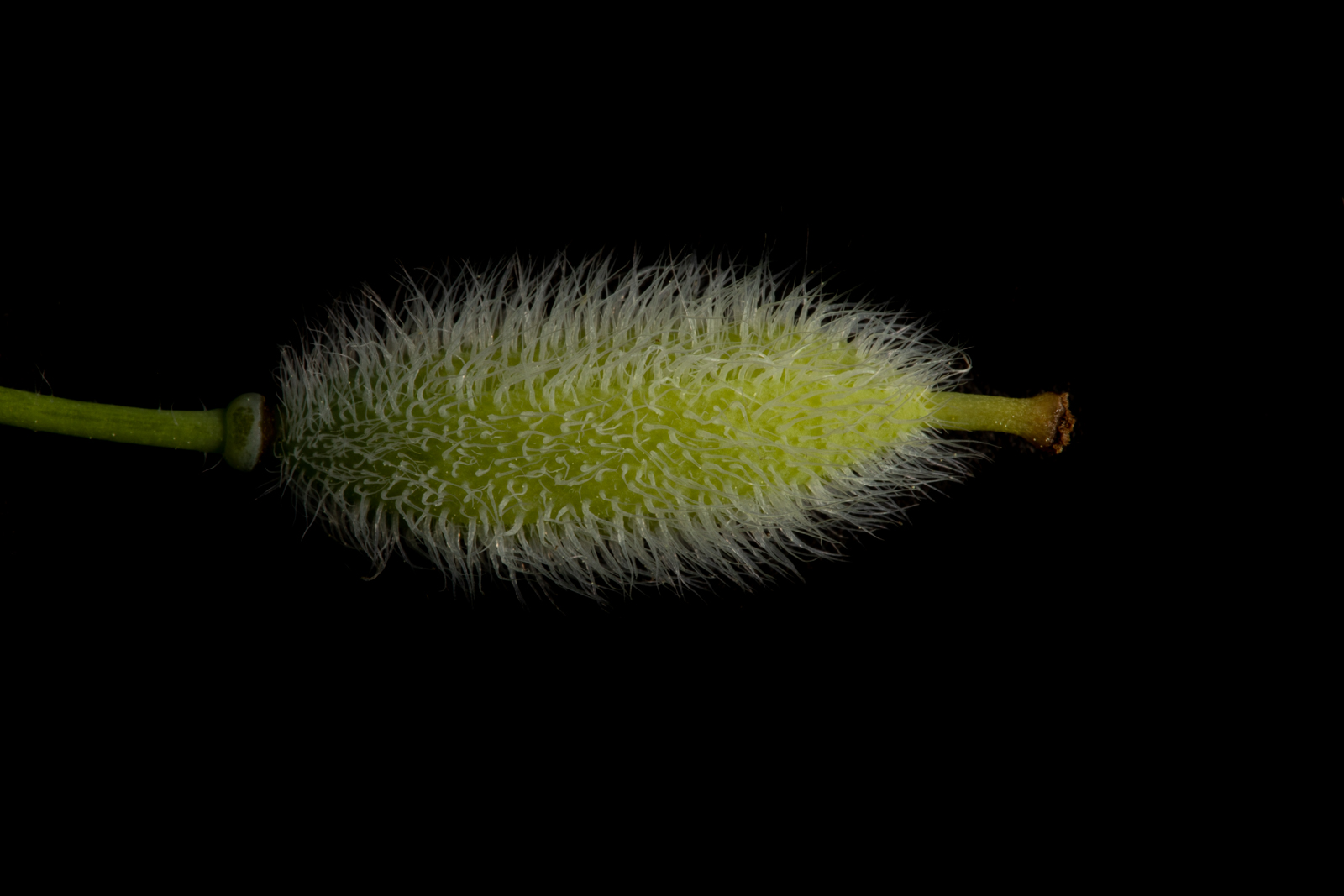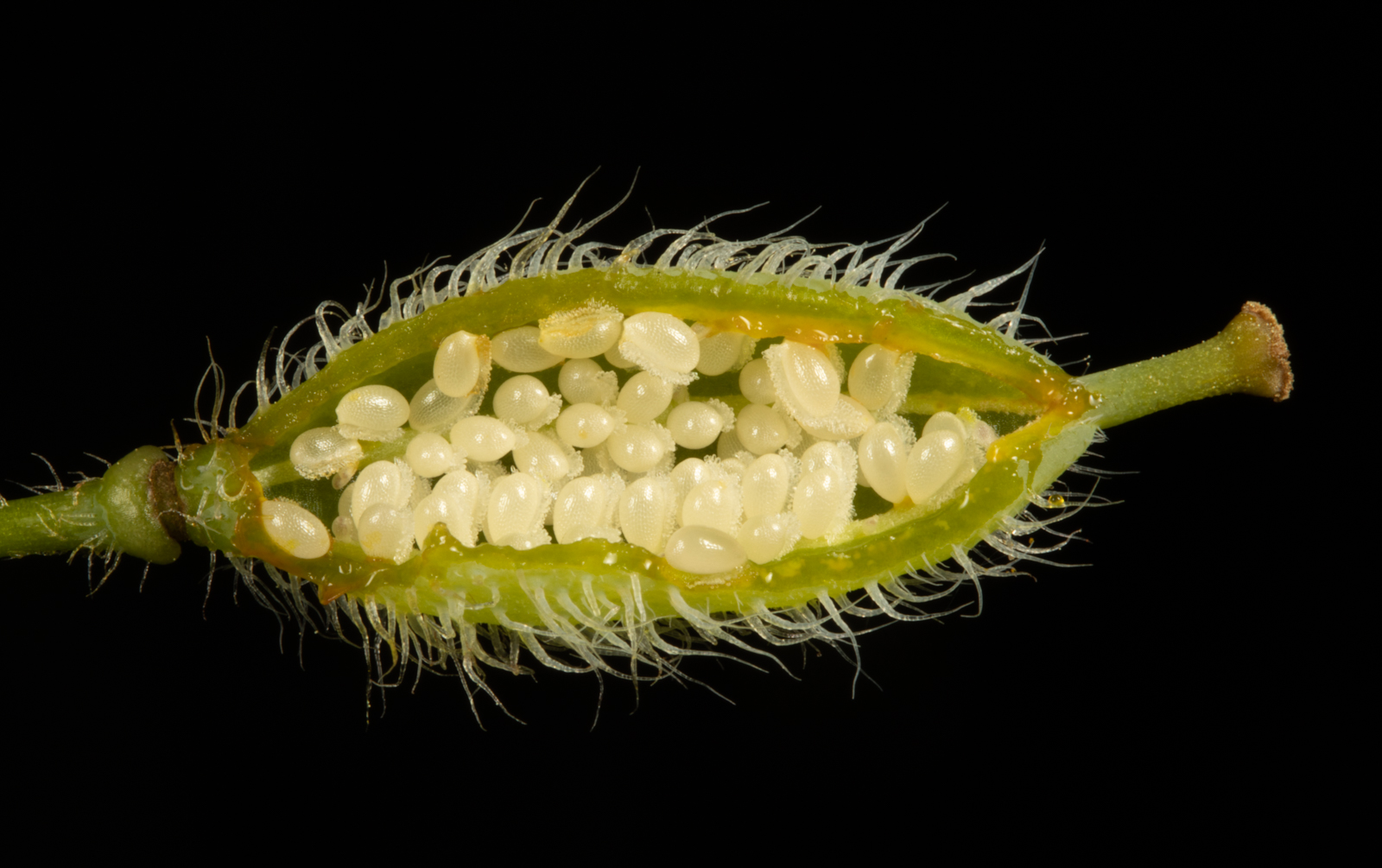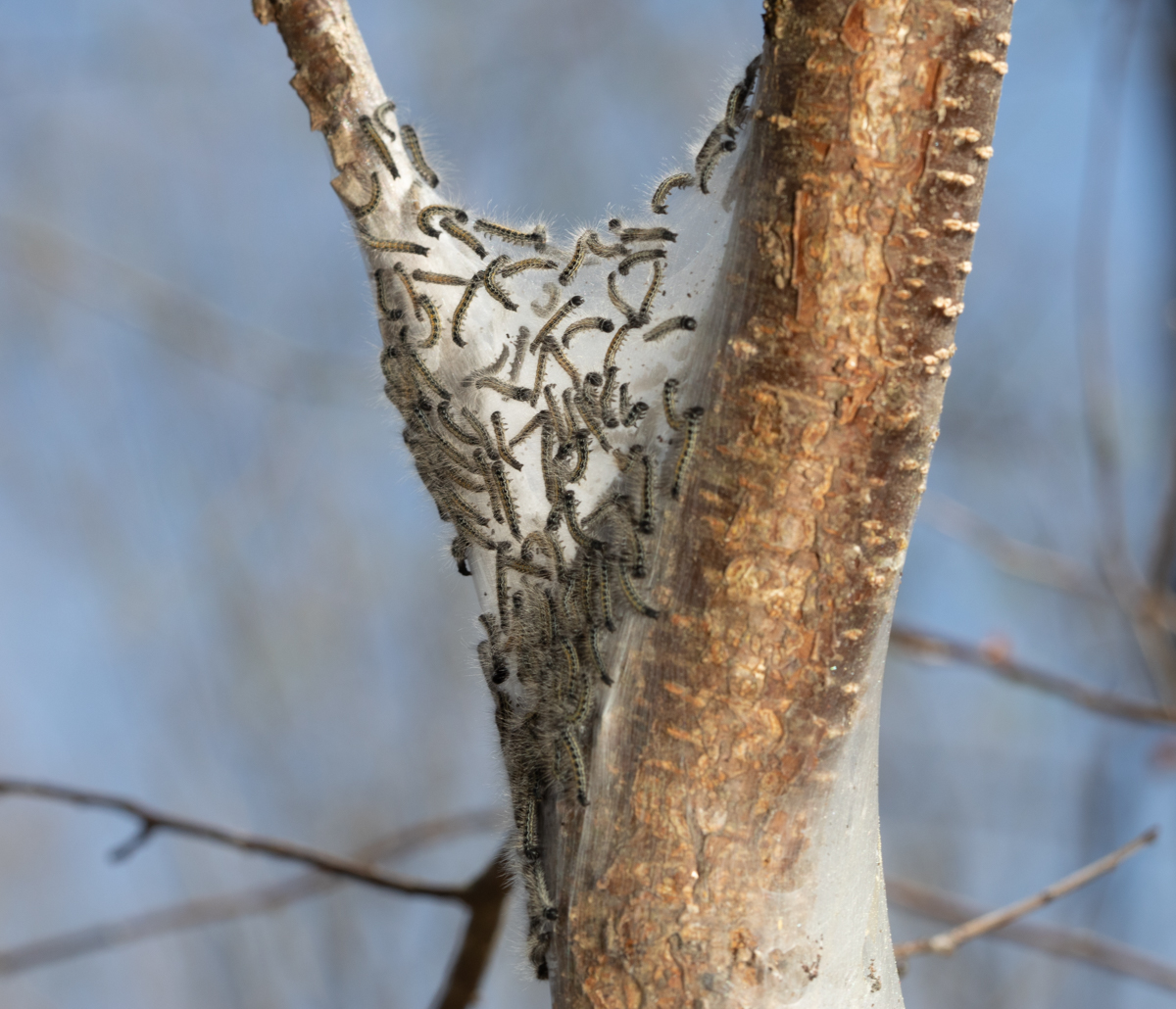Caminente, son tus huellas
el camino y nada más;
Caminente, no hoy camino
se hace camino el andar.
Al andar se hace el camino,
y al volver la vista atrás
se ve la senda que nunca
se ha de volver a pisar.
Caminent, no hay camino
sino estelas en la mar.
Traveler, your footprints
are the only road, nothing else.
Traveler, there is no road;
you make your own path as you walk.
As you walk, you make your own road,
and when you look back
you see the path
you will never travel again.
Traveler, there is no road;
only a ship’s wake on the sea.
~Antonio Machado, translated by Mary G. Berg and Dennis Maloney
It’s that time of year, where, in my job working with teachers, there’s a bit of a gap in the schedule. It’s getting close to the end of the school year, final exams, and grades; so professional development workshops aren’t the highest priority for teachers. That means it’s time for me to use some of the many hours of comp time I’ve banked. So, on May 9, after 22 days of work with only 1 day off, we hit the road in the good ole pickup truck to head west. That was the only plan. Head west. Since we’ve done this before, we felt confident that we could figure things out on the fly. Perhaps not the best idea, but that meant we could change plans at the drop of the hat. If it was going to rain or blow, we’d just head in another direction, right? Right…
Since I hadn’t had a day off in 8 days (and only one at that point), we were definitely not ready to leave early in the morning to make some progress out west. The morning of May 9 came, and we still had a lot of packing to do. But my truck camping and dehydrated food lists from previous trips camp in handy, and we were able to get everything together and hit the road by early afternoon. That meant our first stop would be in the North Carolina mountains (because, not sure if Mike’s mentioned this before, but we pretty much despise Tennessee – the only place we’ve found to camp is state parks, and… let’s just say that we much prefer North Carolina state parks).
Folks, if you want to camp without people around, the Forest Service is your friend. Their website is terrible… but once you figure out the maze, it’s pretty consistent from forest to forest; and Motor Vehicle Use Maps are your best friend (especially in the west… in the east, it’s much trickier to figure out where dispersed camping is allowed and where it’s not… I sometimes think they’re opaque on purpose to try to limit the amount of use some of these areas get… I might be ok with that!). I mean, they don’t show topography, and they hardly show roads outside of the national forest (like, roads that show up on other maps and might help you figure out where the heck you are), but hey, at least they show you the forest service roads!
So, after much consultation with the USFS website for Pisgah National Forest, we hit up a dispersed camping area off I-40 before the Tennessee border (on a whim, at the last minute, of course). It didn’t disappoint. We found a spot next to a stream, slightly off the road, with lots of wild geranium in bloom and spring peepers and American toads calling in a few ditches created by previous campers in a much muddier season (the ruts were so deep I was a bit surprised not to find a rusting vehicle at the end of the track). Not a bad way to start the trip.

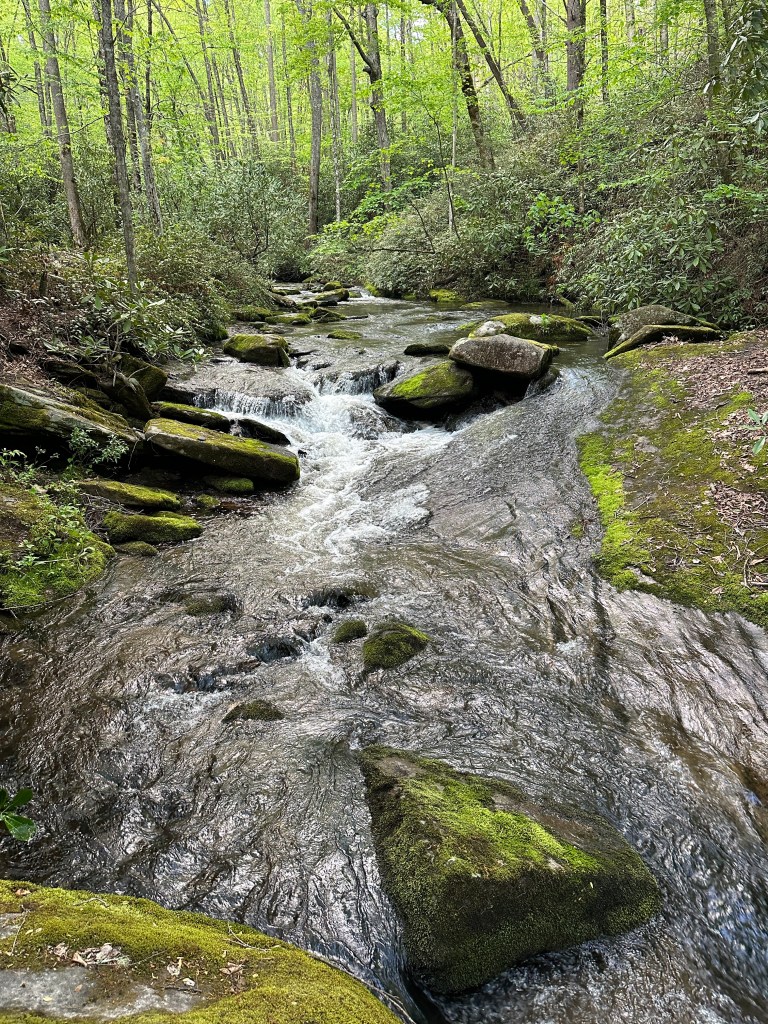
The next day was another story, however. We hit the road early trying to cover some middle-of-the-country miles. Or really, trying to get across Tennessee. Don’t get me wrong, it’s a beautiful state with more brown signs along the interstate than almost anywhere else. But every campground we’ve been to has been… mediocre… generously (which is only 3, so someone please tell me where the good ones are, if you know!). We’d thought to head towards the Ozarks in Arkansas or southern Missouri, home to our favorite river, the Current. But rain was forecast for that area (thank you, National Weather Service, for the nationwide graphical forecast tool), so we decided to steer a bit further north.
We knew that in Missouri we could camp at one of their many state-run Conservation Areas, which are often quite remote and lovely, so as Mike drove the interstate, I perused the Missouri Department of Conservation website and landed on a conservation area along the Mississippi River called Magnolia Hollow. Camping? Check. Scenery? Perhaps. Close to the highway? Relatively. So we headed down some single lane roads, past a bunch of farm fields, then up onto the bluffs above the river. A visit to the trailhead at the end of the road and a stroll out to the viewpoint showed the might Mississippi in the distance (after huge floodplain fields in cultivation). And the birds were great – we saw Kentucky warblers close-up! That’s not one we often see in North Carolina! (Sorry, no picture, but google them – they’re beautiful birds!). Plus, it was singing consistently, so we got to know the call a bit – it sounds like a tired ovenbird, a species we hear regularly in our woods at home.)

The camping area was fine – a few concrete picnic tables and fire rings in the trees. But a peaceful night’s sleep was not to be… because well after dark, a man drove into the camping area quickly, stopped his car, and got out with a large dog. They went for a walk down the road, and there was much yelling. Then, he came back to the campground, messed in his vehicle very briefly, and proceeded to lie down on the concrete picnic table next to our site and curse at his dog to be quiet and lay with him, perhaps to keep him warm. I couldn’t hear all of his words… but I heard enough to know that he wasn’t entirely in his right mind for one reason or another. To be quite honest, it was scary. He wasn’t threatening, but I worried that if he woke up and needed something and approached our truck with his dog… well, I didn’t know what that might look like. I woke Mike up and we remained awake for most of the night. At dawn, we quickly packed up and got out of there, thankfully with no interaction with the man, other than him yelling at his dog to stop barking at us. We were glad to get away safe and sound (and to find a wonderful local coffee shop for some caffeine and breakfast treats)!
After that fun evening, we were happy to cross and then depart from Missouri. Next stop: Kansas. We had decided to head towards Colorado by this point in the hopes that, it being slightly farther south than our favorite places in Wyoming (yes, Yellowstone, you knew that, didn’t you?), there might be a bit less snowpack after this incredibly snowy western winter. Given that Colorado is known for its very tall peaks, you may be questioning this rationale a bit. You would be right. More on that later. But head that way, we did. Kansas was not our favorite state when we had crossed it previously; though it has the Flint Hills, we’re bigger fans of the Loess Bluffs of western Iowa and northwestern Missouri and the Sandhills of Nebraska. But, we knew it has some nice National Wildlife Refuges, and Mike loves nothing better than to stop at a National Wildlife Refuge. Previously, we crossed Kansas in the fall, so we figured we might see some different species this time of year.
Plus, Kansas has some lovely State Fishing Lakes, many of which allow camping at somewhat dispersed sites. With the goal of visiting Quivira National Wildlife Refuge in the morning, we headed to Chase State Fishing Lake just south of the Tallgrass Prairie National Reserve. We’d camped here on a previous trip, and the open landscape and slightly more developed camping area were just the respite we needed after our Missouri fiasco. The area had been recently burned and the wild indigo (Baptisia sp.) was in beautiful bloom. A short walk along the road also introduced us to green antelopehorn milkweed, which is a new favorite plant name for me.
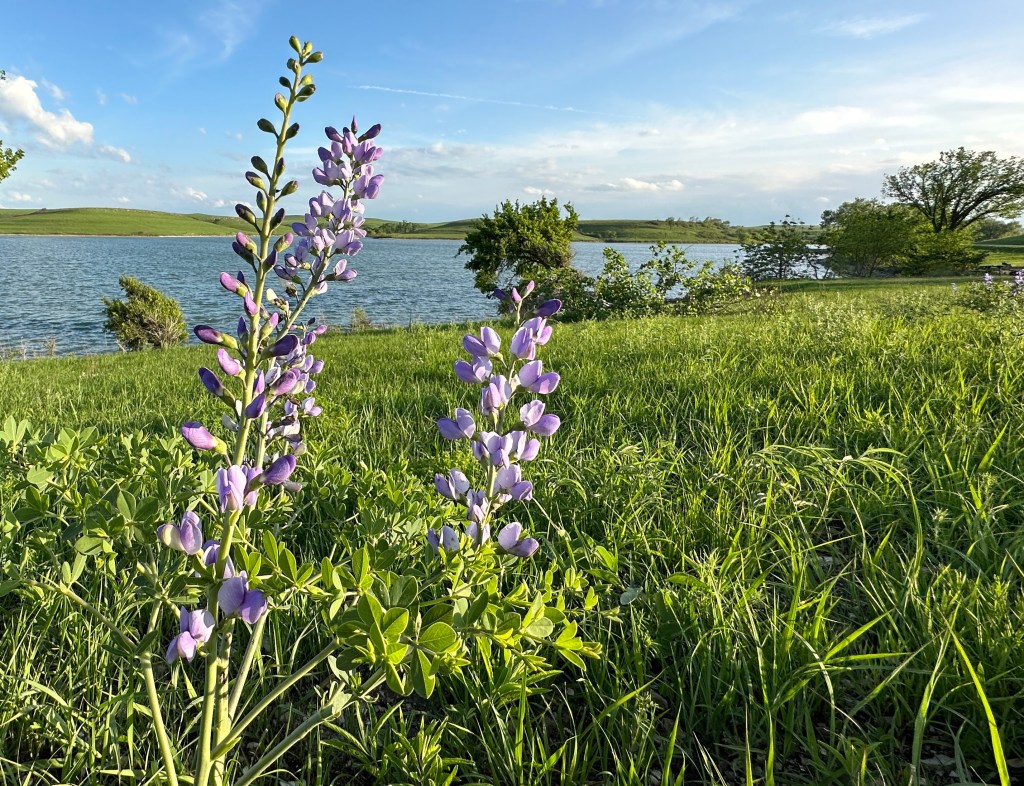
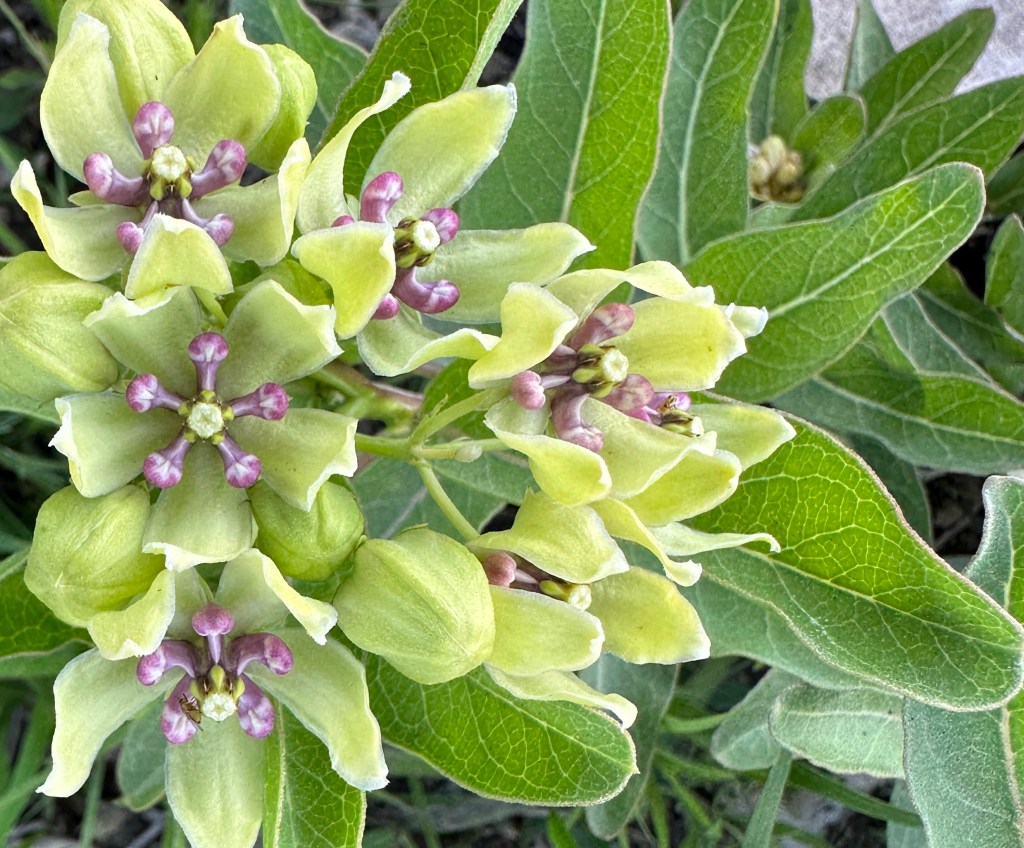
After dinner, we took a short walk below the dam for the lake, as I’d seen something that made me think there might be a waterfall there. Yup, a Kansas waterfall. It was surprisingly impressive! There wasn’t much water as this part of the world has been in a drought. The main part of the falls was dry, but a bit downstream was a smaller falls with some water flowing over it. It’s all thinly bedded sedimentary rock, which makes for a picturesque waterfall; it would be quite impressive with more water. Flipping a couple rocks, I spotted numerous mayflies, which indicated to me that the water quality was at least pretty decent and, it being a warm night with no shower in the near future, I took the opportunity for a favorite activity, a head dunk!

We ended the evening watching a lovely sunset over Chase Lake before retiring quite early to the truck for a well-deserved hard night’s sleep.
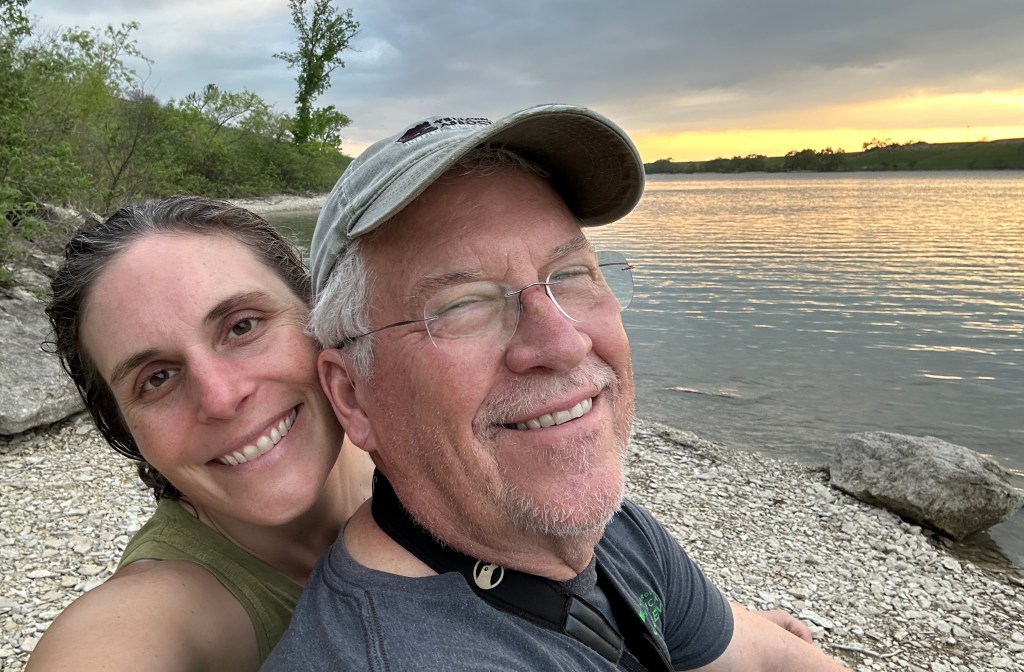
As this blog is getting a bit lengthy, I’ll leave you here. Mike will pick up the tale in future posts.
PS – Many thanks to my Mom for a beautiful little journal she picked up in Patagonia for me. It’s bound in leather (guanaco, perhaps) and features a line from the Antonio Machado poem quoted at the beginning of this post on its cover. It was a lovely companion to record details and sketches as we traveled. Thanks, Mom!





